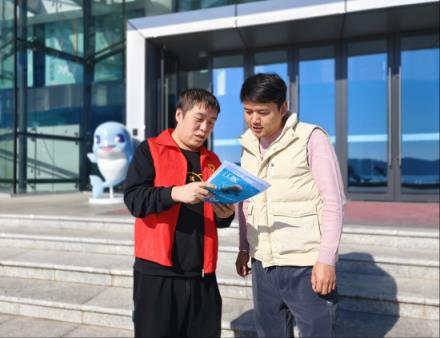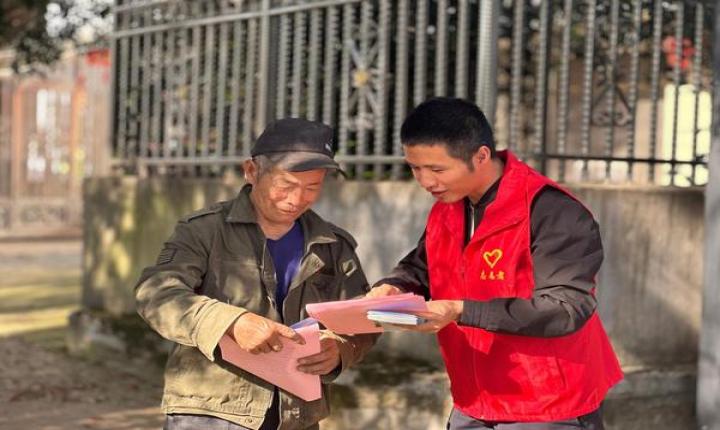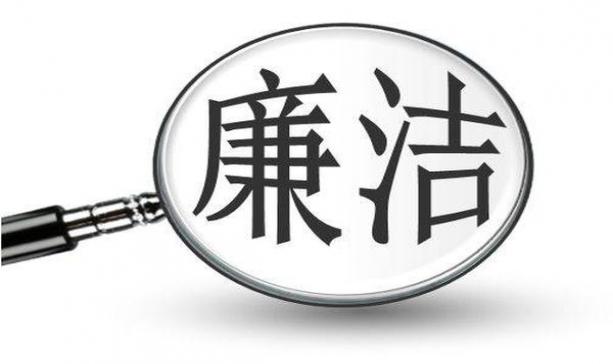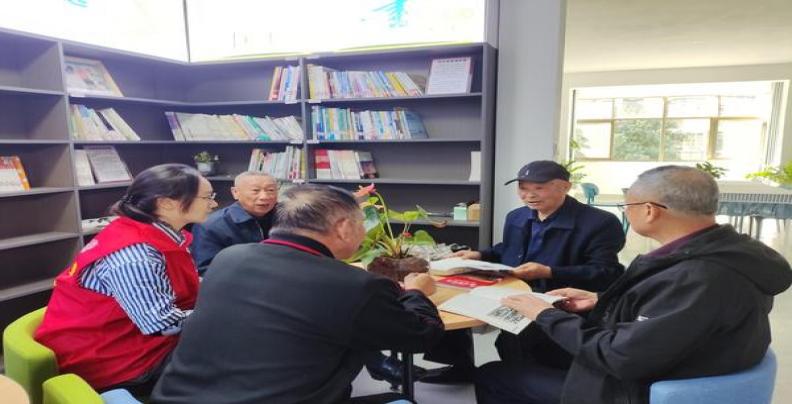## The “Ten Fingers Linked” Syndicate: A Look into the Underground Cigarette Trade


The illicit cigarette trade, often referred to as the “black market” for cigarettes, has long been a lucrative and dangerous business. While the official channels for tobacco sales are regulated and monitored, the “black market” operates under the radar, exploiting loopholes and exploiting vulnerable populations for profit. One particularly intriguing aspect of this trade is the phenomenon of “ten fingers linked” – a term used to describe a close-knit network of individuals, often family members or close associates, who work together to smuggle and distribute cigarettes illegally.
This article delves into the world of “ten fingers linked” syndicates, exploring their motivations, methods, and the impact they have on individuals and society.
Motivations and Methods:
The allure of the “black market” for cigarettes lies in its potential for high profits and the relative ease of entry. Unlike other illicit markets, such as drugs or weapons, cigarettes are widely available and in high demand, offering a consistent source of income. The “ten fingers linked” approach further amplifies these advantages, allowing for a highly efficient and secure operation.
These syndicates often operate in a hierarchical structure, with a “boss” or “leader” overseeing the entire operation. This leader might be a seasoned criminal or simply someone with access to a steady supply of cigarettes. They might also employ “recruiters” to identify and bring in new members, usually individuals with a need for money or a lack of legitimate employment opportunities.
The methods used by these syndicates are as varied as the individuals involved. Some might focus on smuggling cigarettes across borders, often using complex networks of couriers and hidden compartments in vehicles. Others might specialize in counterfeiting cigarettes, producing fake packs that mimic the look and feel of authentic brands. Still others might focus on the local distribution of smuggled or counterfeit cigarettes, selling them through illegal outlets or directly to individuals.
The Impact of “Ten Fingers Linked” Syndicates:
The impact of “ten fingers linked” syndicates on individuals and society is multifaceted and often negative.
1. Loss of Tax Revenue: The illicit cigarette trade directly affects governments by depriving them of tax revenue that would otherwise be generated from legal sales. This lost revenue could be used to fund important social programs or public services.
2. Health Risks: Counterfeit cigarettes often contain harmful ingredients, such as cheaper tobacco blends, additives, and even dangerous substances like arsenic and asbestos. These harmful ingredients can significantly increase the risk of respiratory illnesses, cancer, and other health problems.
3. Social Disruption: The “black market” often operates in marginalized communities, exploiting vulnerable populations and fueling crime and violence. The syndicates often engage in intimidation tactics and threats against those who try to oppose them, creating a climate of fear and insecurity.
4. Undermining Legitimate Businesses: The “ten fingers linked” syndicates undercut legitimate businesses by selling cigarettes at prices far below market value. This can lead to the closure of legitimate shops and businesses, resulting in job losses and a decline in economic activity.
5. Erosion of Public Trust: The presence of illegal cigarette trade undermines public trust in institutions and regulatory bodies. When individuals see that illicit activities are thriving while legitimate businesses struggle, it erodes their faith in the system and can lead to a sense of apathy and disillusionment.
Conclusion:

The “ten fingers linked” syndicates pose a significant threat to individuals and society as a whole. While the allure of quick and easy profits might seem appealing, the consequences of participating in this illegal trade are far-reaching and often devastating. Governments and law enforcement agencies need to continue to invest in efforts to combat the illicit cigarette trade, addressing the underlying social and economic factors that contribute to its growth.
Note:
* The names of individuals involved in the illicit cigarette trade are not used in this article.
* The timeframes referenced in the article are replaced with general terms like “recent years” or “in the past”.



















暂无评论内容